
The Hollywood Revue of 1929, or simply The Hollywood Revue, is a 1929 American pre-Code musical comedy film released by Metro-Goldwyn-Mayer. It was the studio's second feature-length musical, and one of their earliest sound films. Produced by Harry Rapf and Irving Thalberg and directed by Charles Reisner, it features nearly all of MGM's stars in a two-hour revue that includes three segments in Technicolor. The masters of ceremonies are Conrad Nagel and Jack Benny.

Lincoln Theodore Monroe Andrew Perry, better known by the stage name Stepin Fetchit, was an American vaudevillian, comedian, and film actor of Jamaican and Bahamian descent, considered to be the first black actor to have a successful film career. His highest profile was during the 1930s in films and on stage, when his persona of Stepin Fetchit was billed as the "Laziest Man in the World".
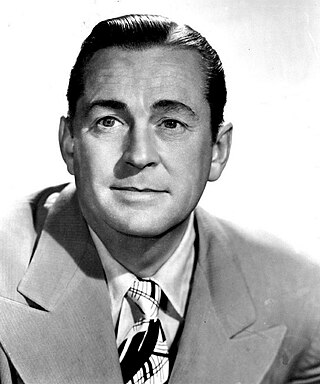
James Howard Dunn, billed as Jimmy Dunn in his early career, was an American actor and vaudeville performer. The son of a New York stockbroker, he initially worked in his father's firm but was more interested in theater. He landed jobs as an extra in short films produced by Paramount Pictures in its Long Island studio, and also performed with several stock theater companies, culminating with playing the male lead in the 1929 Broadway musical Sweet Adeline. This performance attracted the attention of film studio executives, and in 1931, Fox Film signed him to a Hollywood contract.

Shirley Temple Black was an American actress, singer, dancer, and diplomat, who was Hollywood's number-one box-office draw as a child actress from 1934 to 1938. Later, she was named United States Ambassador to Ghana and Czechoslovakia, and also served as Chief of Protocol of the United States.

42nd Street is a 1933 American pre-Code musical film directed by Lloyd Bacon, with songs by Harry Warren (music) and Al Dubin (lyrics). The film's numbers were staged and choreographed by Busby Berkeley. It stars an ensemble cast of Warner Baxter, Bebe Daniels, George Brent, Ruby Keeler, Dick Powell and Ginger Rogers.

Bill "Bojangles" Robinson, was an American tap dancer, actor, and singer, the best known and the most highly paid black entertainer in the United States during the first half of the 20th century. His long career mirrored changes in American entertainment tastes and technology. His career began in the age of minstrel shows and moved to vaudeville, Broadway theatre, the recording industry, Hollywood films, radio, and television.

Shirley Temple (1928–2014) was an American child actress, dancer, and singer who began her film career in 1931, and continued successfully through 1949. When Educational Pictures director Charles Lamont scouted Meglan Dancing School for prospective talent, three-year-old student Temple hid behind the piano. Lamont spotted her and immediately decided she was the one he was looking for. Starting at $10 a day, she was eventually under contract for $50 per film. The production company generated its Baby Burlesks one-reeler film short satires of Hollywood films in 1931–1933, produced by Jack Hays and directed by Lamont. Temple made eight Baby Burlesks films, and 10 other short films, before being signed to star in feature-length motion pictures.
Jay Gorney was an American theater and film song writer.
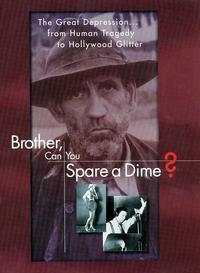
Brother, Can You Spare a Dime? is a 1975 documentary film directed by Philippe Mora, consisting largely of newsreel footage and contemporary film clips to portray the era of the Great Depression.

Carolina is a 1934 American pre-Code romantic comedy film directed by Henry King, with a screenplay by Reginald Berkley based on the 1931 play The House of Connelly by Paul Green, and starring Janet Gaynor, Lionel Barrymore, and Robert Young. The supporting cast features Stepin Fetchit and Shirley Temple in a romanticized story about a post-Civil War family in the fading Southern United States, who is regaining its former prestige.

Heidi is a 1937 American musical drama film directed by Allan Dwan and written by Julien Josephson and Walter Ferris, loosely based on Johanna Spyri's 1880 children's book of the same name. The film stars Shirley Temple as the titular orphan, who is taken from her grandfather to live as a companion to Klara, a spoiled, disabled girl. It was a success and Temple enjoyed her third consecutive year as number one box office draw.

Therese Gardella was an American performer on the stage and screen whose stage persona was Aunt Jemima. She was of Italian descent. She performed on both stage and screen, usually in blackface. Tess was born in Glen Lyon, Pennsylvania, to John and Louisa Gardella. She came to New York City in 1918, singing in dance halls and nightclubs and also political rallies.
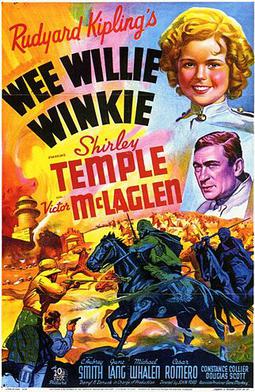
Wee Willie Winkie is a 1937 American adventure drama film directed by John Ford and starring Shirley Temple, Victor McLaglen, and Cesar Romero. The screenplay by Julien Josephson and Ernest Pascal was based on a story by Rudyard Kipling. The film's story concerns the British presence in 19th-century India. The production was filmed largely at the Iverson Movie Ranch in Chatsworth, California, where a number of elaborate sets were built for the film. This film was the first of three in which Shirley Temple and Cesar Romero appeared together: the second was Ali Baba Goes to Town (1937), and finally The Little Princess (1939).
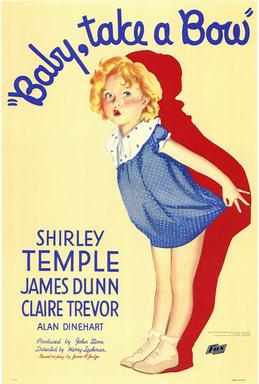
Baby Take a Bow is a 1934 American comedy-drama film directed by Harry Lachman and is one of the earliest Hays code Hollywood films. The screenplay by Philip Klein and Edward E. Paramore Jr. is based on the 1926 play Square Crooks by James P. Judge. Shirley Temple plays the child of an ex-convict trying to make a better life for himself and his family. The film was a commercial success and is critically regarded as pleasant and sentimental. A musical number features Dunn and Temple.
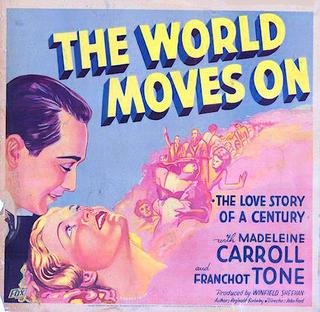
The World Moves On is a 1934 American drama film directed by John Ford and starring Madeleine Carroll and Franchot Tone. It was the first Hollywood code approved film.

Judge Priest is a 1934 American comedy film starring Will Rogers. The film was directed by John Ford, produced by Sol M. Wurtzel in association with Fox Film, and based on humorist Irvin S. Cobb's character Judge Priest. The picture is set in post-reconstruction Kentucky and the supporting cast features Henry B. Walthall, Hattie McDaniel and Stepin Fetchit. It was remade by Ford in 1953 as The Sun Shines Bright.

Dimples is a 1936 American musical drama film directed by William A. Seiter. The screenplay was written by Nat Perrin and Arthur Sheekman. The film was panned by the critics. Videocassette and DVD versions of the film were available in 2009.

A Tough Winter is a 1930 Our Gang short comedy film directed by Robert F. McGowan. It was the 99th Our Gang short to be released.
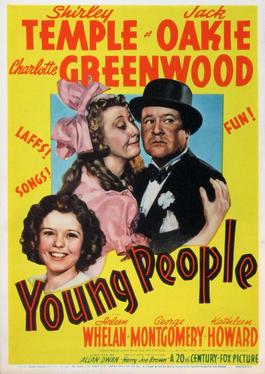
Young People is a 1940 American musical drama film directed by Allan Dwan and starring Shirley Temple and Jack Oakie. This would be Shirley's final film as a child actress.
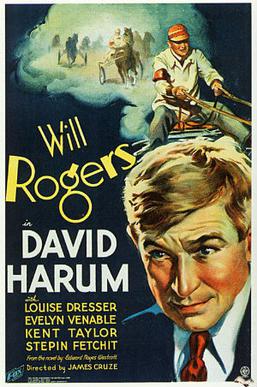
David Harum is a 1934 American comedy film directed by James Cruze and written by Walter Woods. The film stars Will Rogers, Louise Dresser, Evelyn Venable, Kent Taylor, Stepin Fetchit, Noah Beery, Sr. and Roger Imhof. The film was released on March 3, 1934, by Fox Film Corporation.




















